- The importance of fertilizing the soil in autumn
- 1. Replenishes nutrients
- 2. Supports root growth
- 3. Prevents soil erosion
- Organics vs Mineral Fertilizers
- Obligatory Components
- 1. Organic Matter
- 2. Macronutrients
- 3. Micronutrients
- Organic Fertilizers
- Advantages of Organic Fertilizers:
- Types of Organic Fertilizers:
- Application of Organic Fertilizers:
- Mineral fertilizers
- Advantages of mineral fertilizers
- Disadvantages of mineral fertilizers
- Comparison: Organics vs Mineral Fertilizers
- Nutrient Composition
- Long-Term Effects on Soil Health
- Environmental Impact
- Cost and Availability
- Nutrient Content
- Environmental Impact
- Organic Fertilizers
- Mineral Fertilizers
- Cost-effectiveness
- “Question-Answer”
- What are the obligatory components for fertilising the soil in autumn?
- Why is it important to fertilise the soil in autumn?
- What are organics and mineral fertilizers?
- Which is better, organics or mineral fertilizers?
- Can I use only organics for fertilising the soil in autumn?
- Can I use only mineral fertilizers for fertilising the soil in autumn?
- What are the benefits of using a combination of organics and mineral fertilizers?
- “Video” Organic Fertilizers – My Top 5 Choices For 2021!
As autumn sets in, gardeners and farmers alike start preparing their soil for the coming winter and the next growing season. Fertilizing the soil in autumn is crucial to replenish its nutrients and ensure healthy plant growth in the future. There are two main types of fertilizers available – organics and mineral fertilizers. While both have their benefits, it’s important to understand the key differences and choose the right components to achieve the best results.
Organic fertilizers, such as compost, manure, and bone meal, are derived from natural sources and offer a more sustainable and environmentally friendly option. These fertilizers are rich in organic matter, which improves the soil structure and increases its water-holding capacity. Furthermore, organic fertilizers release nutrients slowly over time, providing a steady supply of nourishment for plants. They also support the growth of beneficial microorganisms in the soil, promoting overall soil health.
On the other hand, mineral fertilizers are synthetically manufactured and contain concentrated amounts of specific nutrients like nitrogen, phosphorus, and potassium. These fertilizers are easily accessible and quickly provide plants with the necessary nutrients. However, excessive use of mineral fertilizers can lead to nutrient imbalances and environmental pollution. It’s important to carefully follow the instructions on the packaging and avoid over-application to prevent any negative effects.
In conclusion, when fertilizing the soil in autumn, gardeners and farmers should consider both organic and mineral fertilizers, weighing the benefits and potential drawbacks of each. Organic fertilizers offer sustainable and slow-release nutrients, while mineral fertilizers provide quick and easily accessible nourishment. By understanding the unique properties of each type, it’s possible to create a balanced fertilization plan that promotes healthy plant growth and protects the environment.
The importance of fertilizing the soil in autumn
Fertilizing the soil in autumn is an essential practice for any gardener or farmer. It provides the necessary nutrients for plants to thrive and ensures the health and productivity of the soil for the following growing season. There are several reasons why fertilizing the soil in autumn is important:
1. Replenishes nutrients
After a long growing season, the soil can become depleted of essential nutrients that plants need for healthy growth. Fertilizing in autumn helps replenish these nutrients, providing a good foundation for plants to start the next season.
2. Supports root growth
Fertilizing in autumn also supports root growth. As the temperatures cool down, plants shift their focus from above-ground growth to strengthening their root systems. By providing the necessary nutrients, fertilizing in autumn helps promote deep and strong root growth, enabling plants to better withstand harsh winter conditions and have a head start in the following spring.
3. Prevents soil erosion
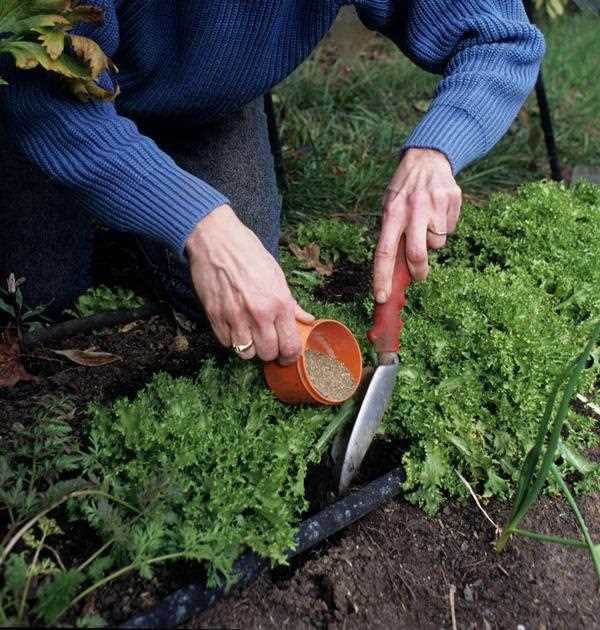
Fertilizing in autumn can also help prevent soil erosion. The nutrients in the fertilizer help improve the structure of the soil, making it more resistant to erosion caused by wind and water. This is particularly important in areas with sloping terrain or heavy rainfall, where erosion can be a significant issue.
There are two main types of fertilizers that can be used to fertilize the soil in autumn: organics and mineral fertilizers.
Organics vs Mineral Fertilizers
Organic fertilizers, such as compost or manure, are derived from natural sources and contain a range of nutrients that are released slowly over time. They help improve soil structure and fertility in the long term. Mineral fertilizers, on the other hand, are chemical-based and provide specific nutrients in a readily available form. They can be more quickly absorbed by plants but may have a short-term effect on soil health.
Both types of fertilizers have their advantages and disadvantages, and the choice depends on factors such as the specific nutrient needs of the plants, the condition of the soil, and personal preferences.
In conclusion, fertilizing the soil in autumn is crucial for maintaining soil fertility, supporting plant growth, and preventing erosion. It is important to consider the specific needs of the plants and the condition of the soil when choosing the type of fertilizer to use. Additionally, it is good practice to follow fertilizing guidelines and recommendations to ensure optimal results and the overall health of the garden or farm.
Obligatory Components
In order to fertilize the soil in autumn and ensure healthy plant growth in the following seasons, there are three obligatory components that need to be considered: organic matter, macronutrients, and micronutrients.
1. Organic Matter

Organic matter is a crucial component of soil fertility. It provides a range of benefits, including improving soil structure, enhancing moisture retention, and increasing nutrient availability. There are several organic materials that can be used to enrich the soil, such as compost, manure, and cover crops. These materials should be applied in the autumn, allowing enough time for decomposition and nutrient release before the growing season.
2. Macronutrients
Macronutrients are essential elements that plants require in large quantities. The three primary macronutrients are nitrogen (N), phosphorus (P), and potassium (K), often referred to as NPK. These nutrients play a crucial role in plant growth and development. Various mineral fertilizers can be used to supplement macronutrients in the soil, such as urea for nitrogen, superphosphate for phosphorus, and potassium chloride for potassium. It is important to follow recommended application rates to avoid over-fertilization, which can have negative environmental consequences.
3. Micronutrients
Micronutrients are essential elements that plants require in small quantities. These include iron, manganese, copper, zinc, boron, and molybdenum, among others. While micronutrients are required in smaller amounts, they are equally important for plant growth and development. The application of micronutrient-rich fertilizers, such as compost or specific mineral fertilizers, can help replenish the soil with these essential elements.
By ensuring the presence of organic matter, macronutrients, and micronutrients in the soil during autumn, gardeners and farmers can provide the necessary foundation for healthy plant growth and future crop success.
Organic Fertilizers
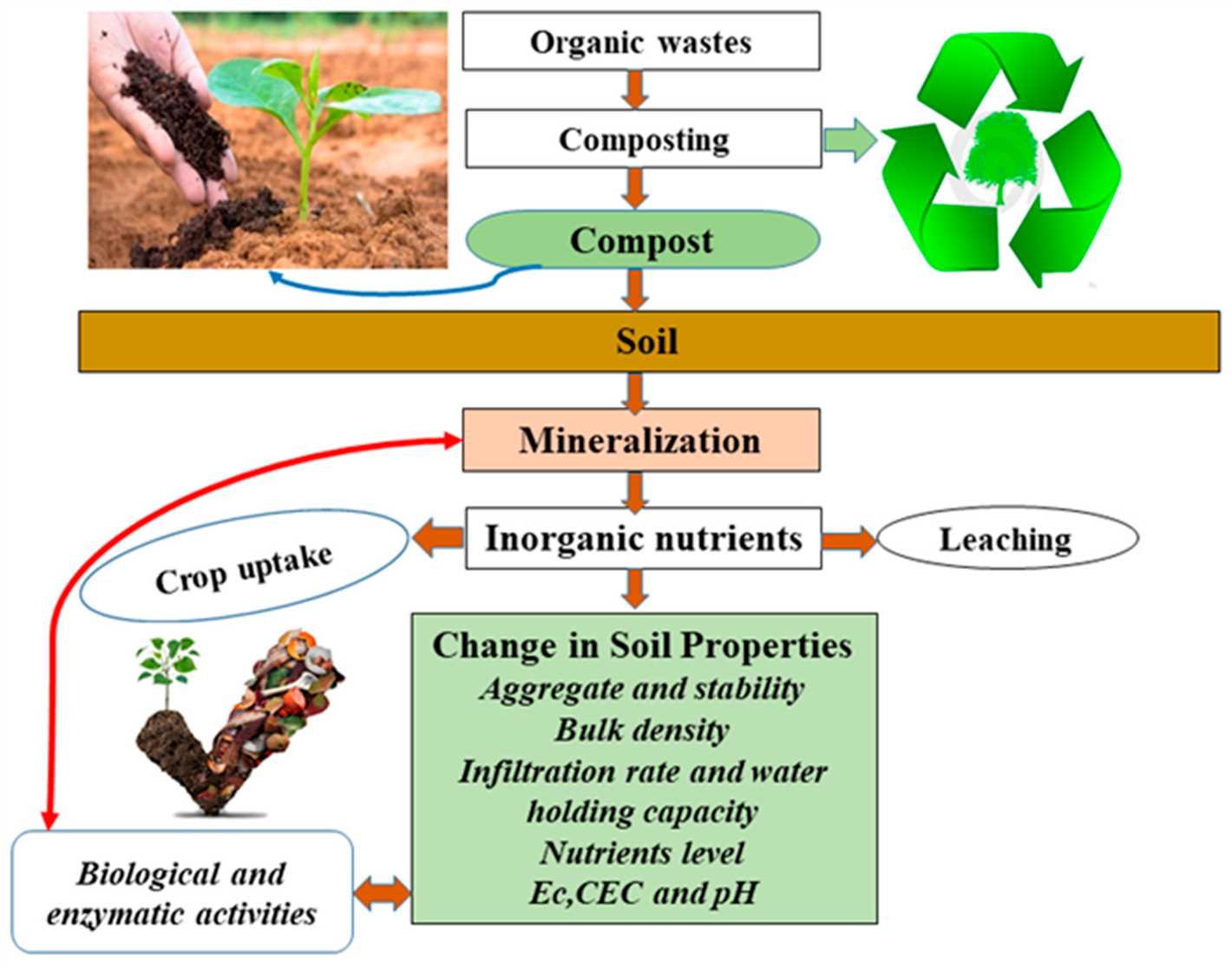
Organic fertilizers are derived from natural sources and are an excellent choice for fertilizing the soil in autumn. They are made from plant and animal matter, such as compost, manure, and bone meal.
Advantages of Organic Fertilizers:
- Nutrient-rich: Organic fertilizers contain a wide range of nutrients that are slowly released into the soil, providing a steady supply of essential elements for plant growth.
- Improved soil structure: Organic fertilizers help improve the soil structure by providing organic matter. This improves water retention, drainage, and aeration, creating a healthy environment for plant roots.
- Environmentally friendly: Organic fertilizers are derived from natural sources and do not contain harmful chemicals. They are safe for the environment, beneficial organisms, and do not leach into groundwater.
- Sustainable: Organic fertilizers are part of a sustainable approach to gardening. They reduce the need for synthetic fertilizers, which can have detrimental effects on the environment and can lead to nutrient pollution in water bodies.
Types of Organic Fertilizers:
There are various types of organic fertilizers available to suit different gardening needs:
- Compost: Compost is made from decomposed organic matter, such as leaves, kitchen scraps, and yard waste. It is rich in nutrients and improves soil structure.
- Manure: Animal manure, such as cow, horse, or poultry manure, is an excellent source of nutrients. It should be well-aged or composted to avoid the risk of introducing harmful pathogens into the soil.
- Bone meal: Bone meal is made from ground animal bones and is a good source of phosphorous, an essential nutrient for root development and flowering.
- Seaweed/kelp: Seaweed or kelp extract is rich in trace minerals and growth hormones. It stimulates plant growth and improves overall plant health.
Application of Organic Fertilizers:
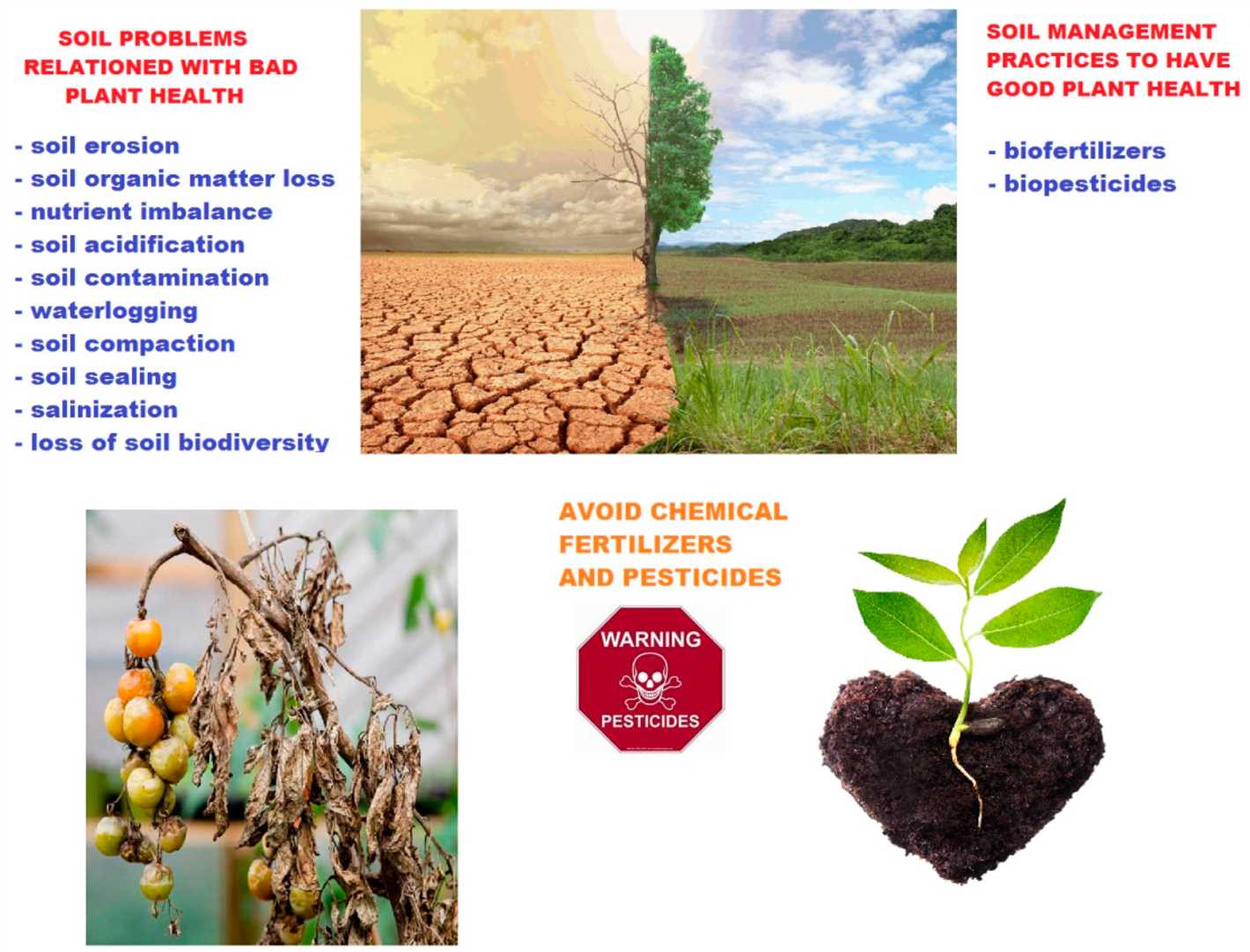
When applying organic fertilizers in autumn, it is essential to follow the recommended application rates and timing. Here are some general guidelines:
- Spread evenly: Distribute the organic fertilizer evenly over the soil surface to ensure adequate coverage.
- Avoid direct contact with plant stems: Keep the fertilizer away from the base of plants to prevent burning or damage.
- Water thoroughly: After applying the organic fertilizer, water the soil thoroughly to help the nutrients penetrate into the root zone.
- Apply at the right time: Apply organic fertilizers at least a few weeks before the ground freezes to allow the nutrients to break down and be available to plants.
By choosing organic fertilizers and following proper application techniques, you can provide your plants with the essential nutrients they need while promoting a healthy and sustainable garden environment.
Mineral fertilizers
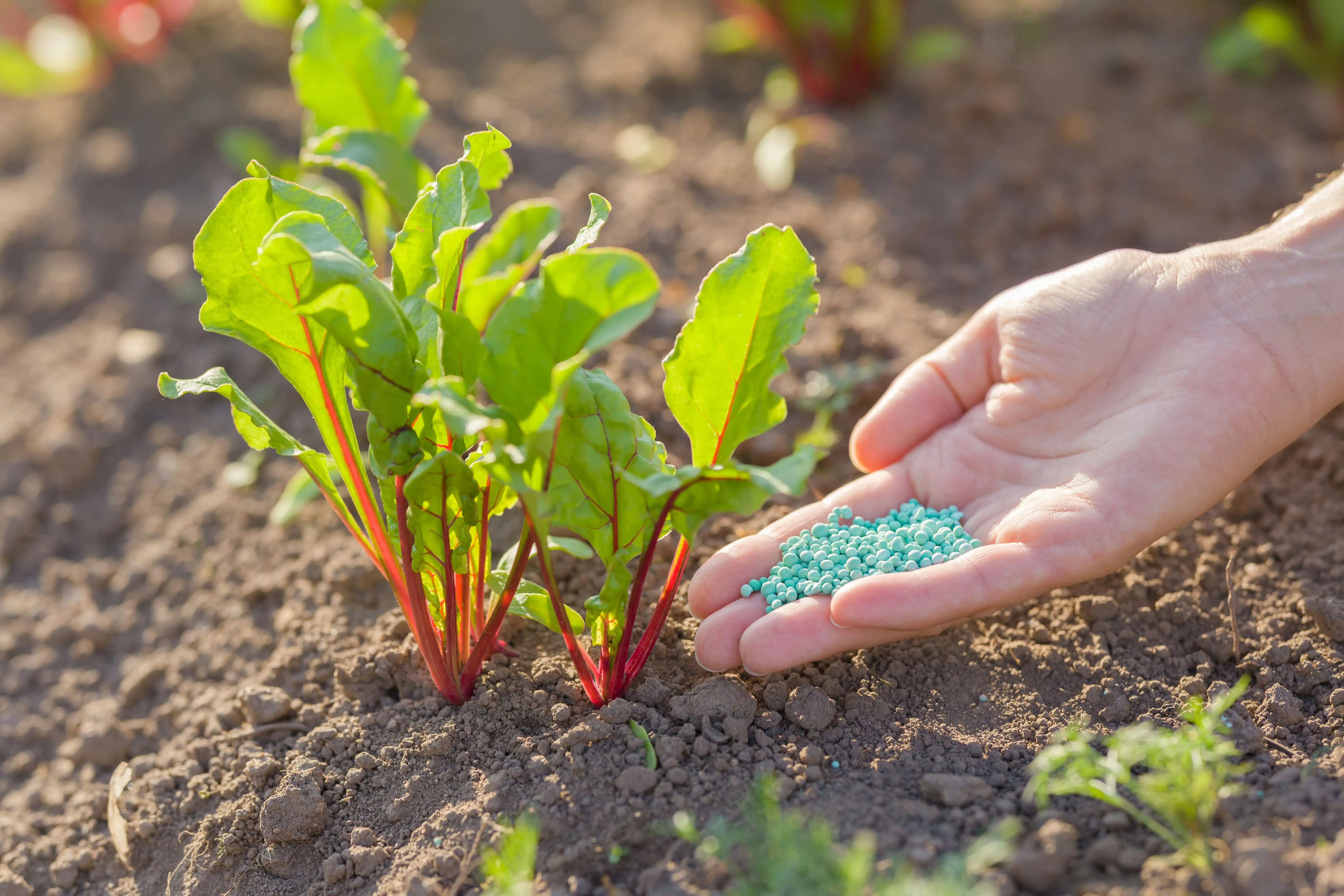
Mineral fertilizers are synthetic substances that contain essential nutrients for plant growth. They are usually in the form of granules or powders and are made from minerals or processed materials.
Advantages of mineral fertilizers
- Supply nutrients directly: Mineral fertilizers are formulated to provide specific nutrients that are easily absorbed by plants. This allows for quick and targeted nutrient delivery.
- Concentration control: The nutrient concentration in mineral fertilizers can be adjusted according to specific plant requirements. This ensures that plants receive the appropriate amount of nutrients, preventing over or under-fertilization.
- Long shelf life: Mineral fertilizers have a long shelf life and can be stored for extended periods without losing their nutrient content. This makes them convenient and cost-effective for large-scale agriculture.
- Immediate response: Mineral fertilizers provide a quick response in terms of plant growth and yield. The nutrients are readily available to plants, leading to fast and visible results.
- Specific nutrient targeting: Different mineral fertilizers contain different combinations of nutrients, allowing growers to target specific nutrient deficiencies in the soil or plants.
Disadvantages of mineral fertilizers
- Environmental impact: Excessive use of mineral fertilizers can lead to nutrient runoff, which can contaminate water sources and contribute to algal blooms. This can have detrimental effects on aquatic ecosystems.
- Imbalance in soil fertility: Continuous use of mineral fertilizers without proper soil testing and analysis can lead to an imbalance in soil fertility. Over-reliance on mineral fertilizers may result in nutrient imbalances and reduced organic matter content in the soil.
- Dependency on external inputs: Mineral fertilizers need to be purchased and applied regularly, which can be costly for farmers. This creates a dependency on external inputs and may not be sustainable in the long term.
- Lack of soil improvement: While mineral fertilizers provide essential nutrients for plants, they do not contribute to soil improvement or long-term soil health. Organic matter and beneficial microorganisms are important for sustainable soil fertility.
In conclusion, mineral fertilizers have advantages in terms of nutrient supply and immediate response, but they also have disadvantages related to environmental impact, soil fertility imbalance, and external input dependency. It is important to use mineral fertilizers judiciously and in combination with other soil improvement practices to ensure long-term soil health and sustainability.
Comparison: Organics vs Mineral Fertilizers
Nutrient Composition
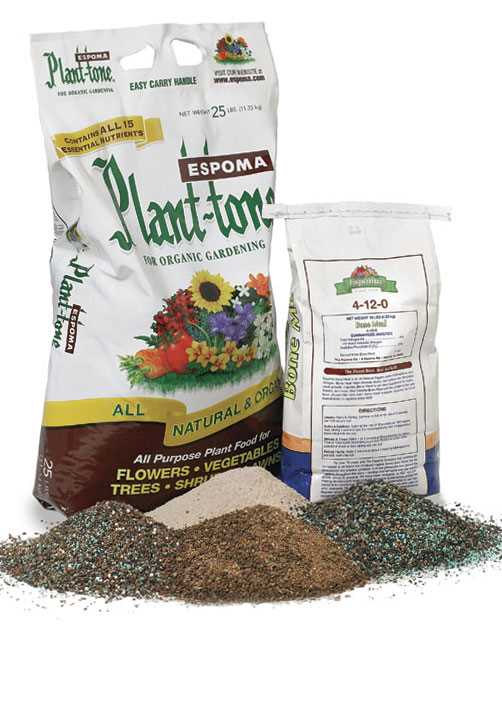
Organic fertilizers are derived from natural sources such as plants, animals, and minerals. They contain a wide range of nutrients, including nitrogen, phosphorus, and potassium, as well as micronutrients like calcium, magnesium, and iron. These nutrients are released slowly over time, providing a steady supply to plants.
Mineral fertilizers, on the other hand, are synthetic or manufactured fertilizers that are made from mineral salts. They typically contain high concentrations of nitrogen, phosphorus, and potassium, known as NPK fertilizers. While mineral fertilizers provide a quick boost of nutrients, they do not contain the same range of micronutrients as organic fertilizers.
Long-Term Effects on Soil Health
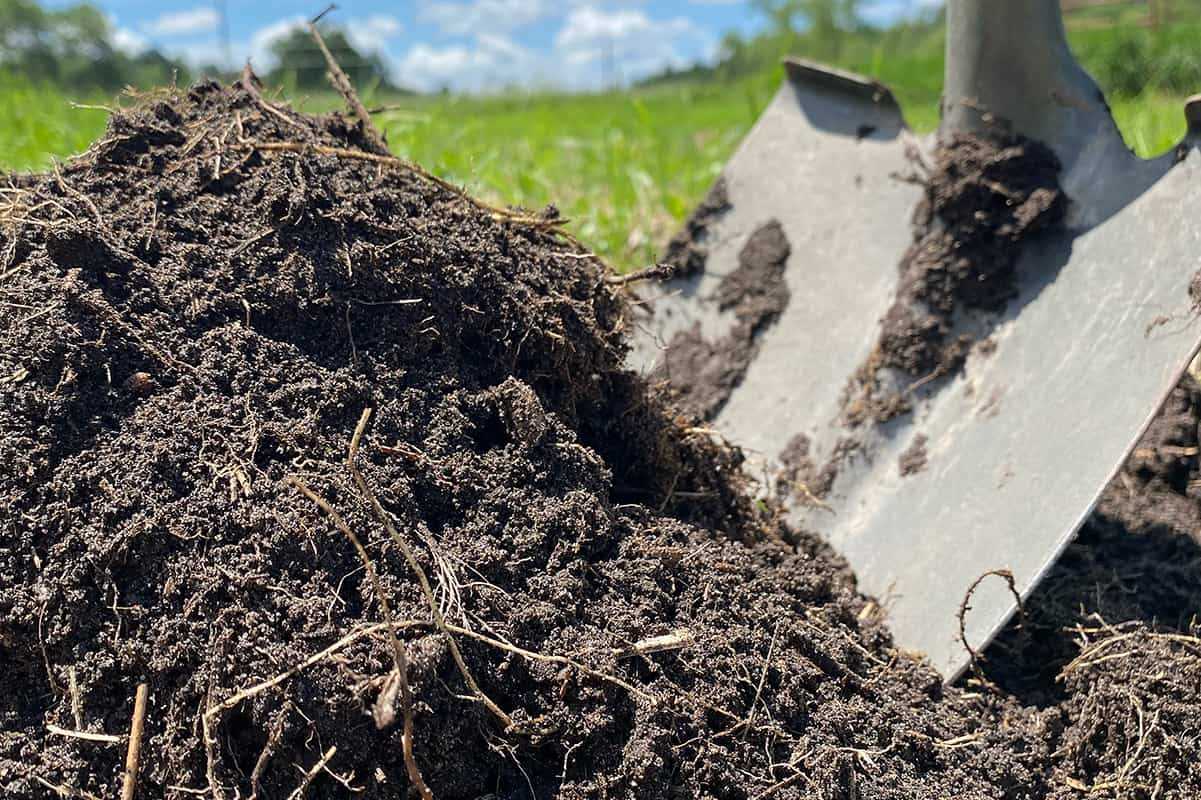
Organic fertilizers improve soil structure and promote the growth of beneficial microorganisms. They increase the soil’s ability to retain water and nutrients, making it more fertile over time. Organic fertilizers also help prevent erosion and reduce the risk of nutrient runoff, which can harm nearby waterways.
Mineral fertilizers, on the other hand, can lead to soil degradation over time. The excessive use of mineral fertilizers can cause nutrient imbalances and reduce the soil’s natural fertility. It can also negatively impact beneficial soil organisms and increase the risk of pollution through nutrient runoff.
Environmental Impact

Organic fertilizers are generally considered more environmentally friendly than mineral fertilizers. They are derived from natural sources and do not contain harmful chemicals, making them safer for both plants and the environment. Organic fertilizers also promote sustainable farming practices and reduce the reliance on synthetic chemicals.
Mineral fertilizers, on the other hand, are produced through industrial processes that consume energy and release greenhouse gases. The production and transportation of mineral fertilizers contribute to carbon emissions and other environmental pollution. Additionally, the excessive use of mineral fertilizers can lead to pollution of waterways and ecosystems.
Cost and Availability
Organic fertilizers are often more expensive than mineral fertilizers due to the additional processing and transportation costs. They may also be less readily available compared to mineral fertilizers, especially in regions where organic farming practices are not widely adopted.
Mineral fertilizers, on the other hand, are widely available and relatively cheaper. They are produced on a large scale and can be purchased in various formulations to meet the specific nutrient requirements of different crops.
| Aspect | Organic Fertilizers | Mineral Fertilizers |
|---|---|---|
| Nutrient Composition | Wide range of nutrients and micronutrients | High concentrations of nitrogen, phosphorus, and potassium |
| Long-Term Effects on Soil Health | Improves soil structure and fertility | May lead to soil degradation and nutrient imbalances |
| Environmental Impact | Considered more environmentally friendly | Contributes to pollution and carbon emissions |
| Cost and Availability | Often more expensive and less readily available | Widely available and relatively cheaper |
Nutrient Content
The nutrient content is an important factor to consider when choosing between organic and mineral fertilizers. Both types of fertilizers provide essential nutrients for plants, but they differ in their nutrient content and availability.
Organic Fertilizers:
- Organic fertilizers are made from natural sources such as compost, manure, and plant residues. These types of fertilizers have a lower nutrient content compared to mineral fertilizers.
- However, organic fertilizers release nutrients slowly as they are broken down by microorganisms in the soil. This slow-release of nutrients ensures a steady supply of nutrients for the plants over a longer period of time.
- Organic fertilizers also contain organic matter, which improves soil structure and water-holding capacity, promoting overall soil health.
- Some common nutrients found in organic fertilizers include nitrogen, phosphorus, and potassium, along with micronutrients such as calcium, magnesium, and iron.
Mineral Fertilizers:
- Mineral fertilizers are manufactured synthetically and contain concentrated amounts of specific nutrients.
- These fertilizers have a higher nutrient content compared to organic fertilizers, which allows for a more immediate supply of nutrients to the plants.
- Mineral fertilizers are easily soluble in water, making the nutrients readily available for plant uptake.
- Some common nutrients found in mineral fertilizers include nitrogen, phosphorus, and potassium, along with micronutrients such as calcium, magnesium, and iron.
When choosing between organic and mineral fertilizers, it is important to consider the nutrient content and the specific needs of your plants. Organic fertilizers provide a slow-release of nutrients and improve soil health, while mineral fertilizers provide a more immediate supply of nutrients. Ultimately, the choice depends on your gardening goals and preferences.
Environmental Impact
The environmental impact of fertilising the soil in autumn can vary depending on the type of fertilizers used, whether organic or mineral-based. Both types of fertilizers have their own set of pros and cons when it comes to their impact on the environment.
Organic Fertilizers
Organic fertilizers are derived from natural sources such as animal manure, compost, and plant materials. They are generally considered to be more environmentally friendly compared to mineral fertilizers due to the following reasons:
- Reduced Chemical Pollution: Organic fertilizers do not contain synthetic chemicals or harmful compounds that can seep into groundwater or nearby water bodies, reducing the risk of pollution.
- Enhanced Soil Health: Organic fertilizers improve soil structure, increase its water-holding capacity, promote beneficial microbial activity, and enhance nutrient cycling, resulting in healthier and more sustainable soil.
- Lower Energy Consumption: Production and processing of organic fertilizers generally require less energy compared to mineral fertilizers, contributing to lower carbon emissions and reduced dependence on fossil fuels.
Mineral Fertilizers
Mineral fertilizers, also known as synthetic or inorganic fertilizers, are manufactured through industrial processes and are composed of chemical compounds. While they have their own advantages in terms of nutrient availability and convenience, they also have some environmental drawbacks:
- Chemical Runoff and Water Pollution: Mineral fertilizers can contribute to water pollution when excessive amounts are used or when they are applied before heavy rainfall. The runoff can carry nitrogen and phosphorus compounds into rivers, lakes, and coastal areas, leading to eutrophication and harmful algal blooms.
- Greenhouse Gas Emissions: The production of mineral fertilizers requires energy-intensive manufacturing processes, which contribute to greenhouse gas emissions and climate change.
- Soil Degradation: Continuous use of mineral fertilizers without proper organic matter additions can lead to soil degradation, reducing its long-term fertility and overall sustainability.
It is important to consider the potential environmental impact when choosing between organic and mineral fertilizers. Sustainable farming practices that prioritize soil health, nutrient management, and minimizing chemical inputs can help mitigate the negative environmental effects of fertilization.
Cost-effectiveness
When it comes to cost-effectiveness, there is a clear distinction between organics and mineral fertilizers. Organics, such as compost and manure, can often be obtained for free or at a low cost, especially if you have access to resources like a backyard compost pile or livestock. This makes organics a more affordable option for many gardeners.
On the other hand, mineral fertilizers are typically more expensive to purchase. The manufacturing processes involved in producing mineral fertilizers, as well as the transportation costs associated with distributing them, contribute to their higher price tag. Additionally, mineral fertilizers often need to be applied in larger quantities to achieve the same level of nutrient availability as organics.
However, it’s important to consider the long-term cost-effectiveness of different fertilizers. While the upfront cost of mineral fertilizers may be higher, they tend to provide more immediate and predictable results. Organics, on the other hand, take time to break down and release nutrients, so their effects may not be as immediately noticeable.
Overall, the cost-effectiveness of fertilizers depends on various factors, including the specific needs of your soil and plants, the availability of organic resources, and your budget. It may be worth experimenting with both organics and mineral fertilizers to find the best balance between efficacy and cost for your garden.
“Question-Answer”
What are the obligatory components for fertilising the soil in autumn?
The obligatory components for fertilising the soil in autumn are organics and mineral fertilizers.
Why is it important to fertilise the soil in autumn?
Fertilising the soil in autumn is important because it provides essential nutrients to the plants during the winter and prepares the soil for the next growing season.
What are organics and mineral fertilizers?
Organics are natural substances such as compost, manure, and plant material that provide nutrients to the soil. Mineral fertilizers, on the other hand, are synthetic substances that contain specific nutrients like nitrogen, phosphorus, and potassium.
Which is better, organics or mineral fertilizers?
Both organics and mineral fertilizers have their advantages. Organics improve soil health and fertility in the long term, while mineral fertilizers provide immediate nutrients. It is best to use a combination of both for optimal results.
Can I use only organics for fertilising the soil in autumn?
Yes, you can use only organics for fertilising the soil in autumn. Organic fertilizers like compost and manure are excellent sources of nutrients and help improve soil structure and water retention.
Can I use only mineral fertilizers for fertilising the soil in autumn?
Yes, you can use only mineral fertilizers for fertilising the soil in autumn. Mineral fertilizers provide essential nutrients to the plants and can be more readily available compared to organics. However, it is important to follow the recommended dosage to avoid overfertilization.
What are the benefits of using a combination of organics and mineral fertilizers?
Using a combination of organics and mineral fertilizers provides the benefits of both. Organics improve soil fertility and health in the long term, while mineral fertilizers provide immediate nutrients. This combination can ensure optimal plant growth and yield.







